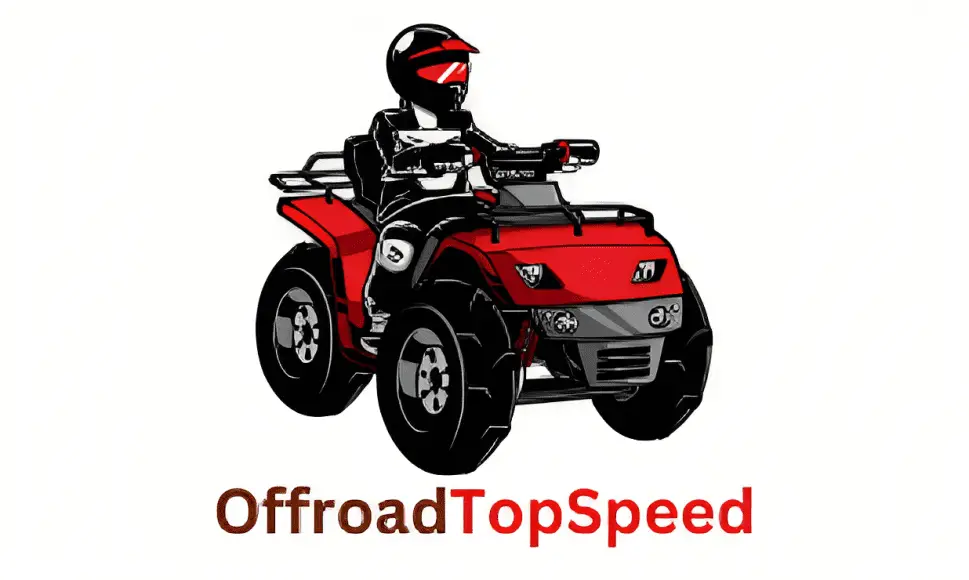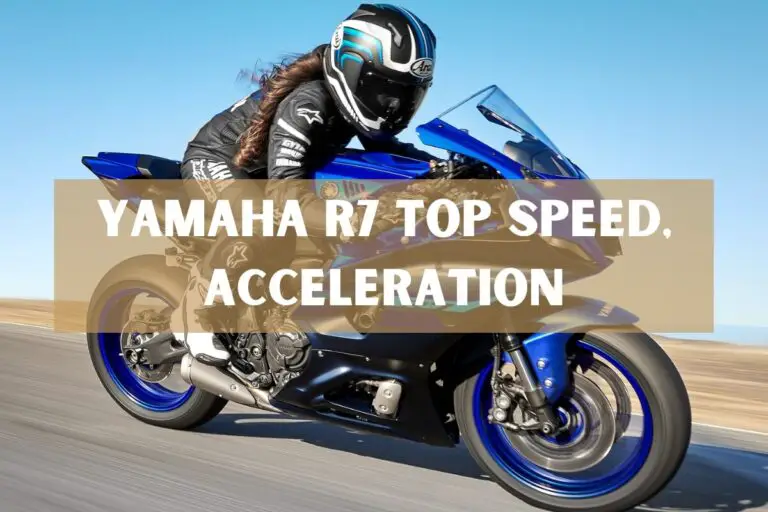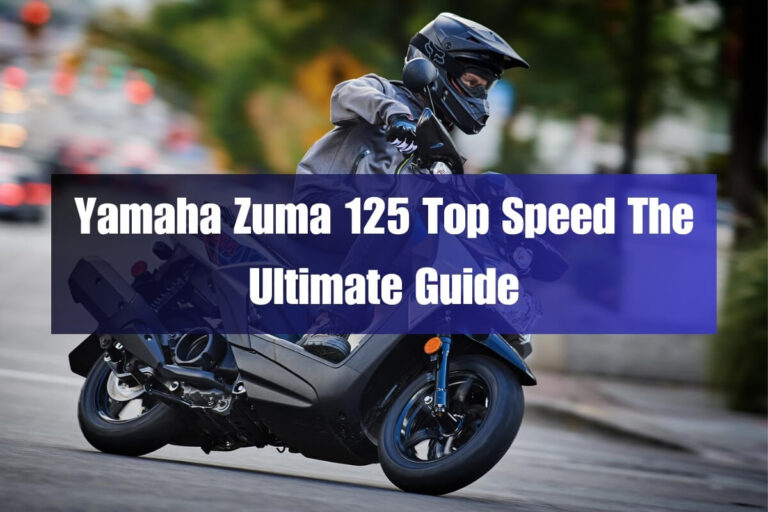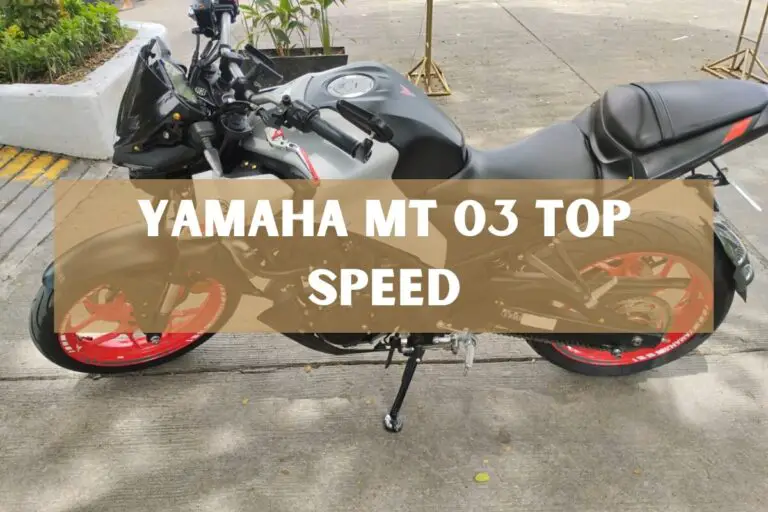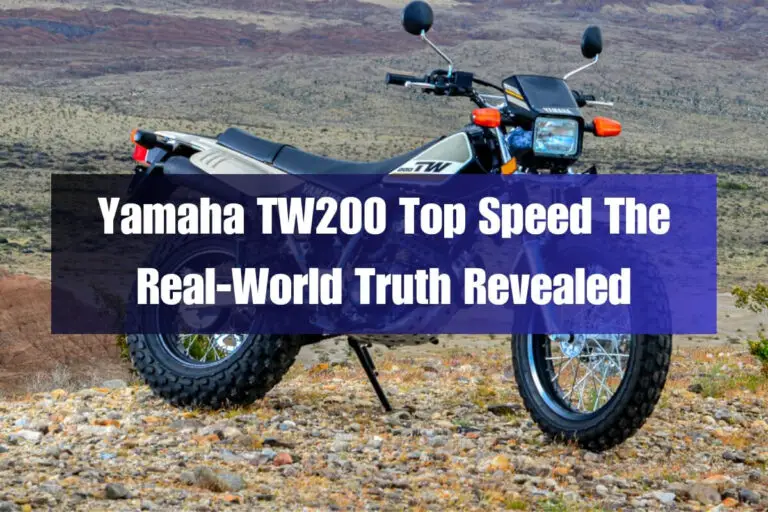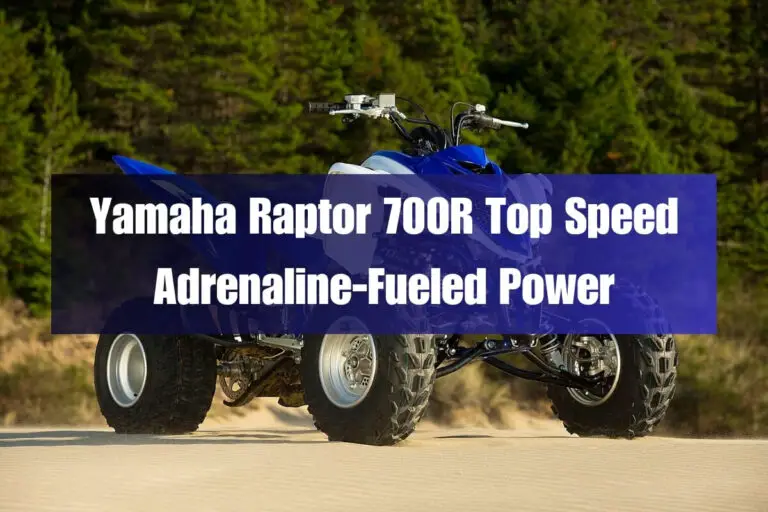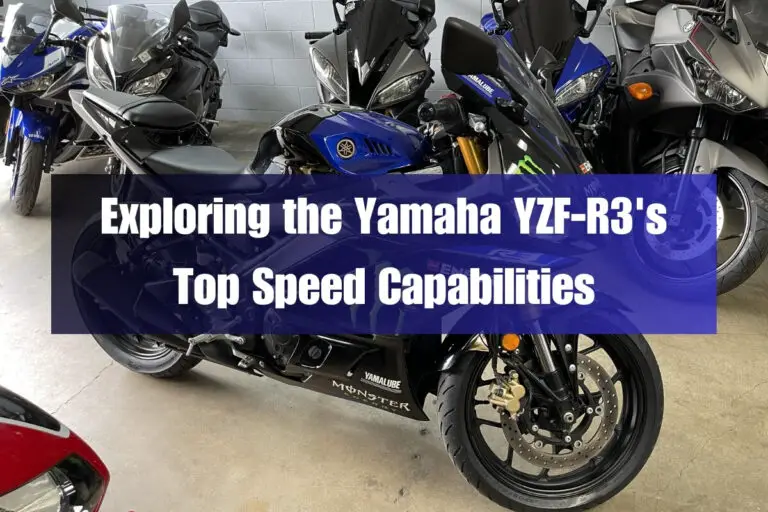Yamaha Blaster Top Speed: The Complete Breakdown
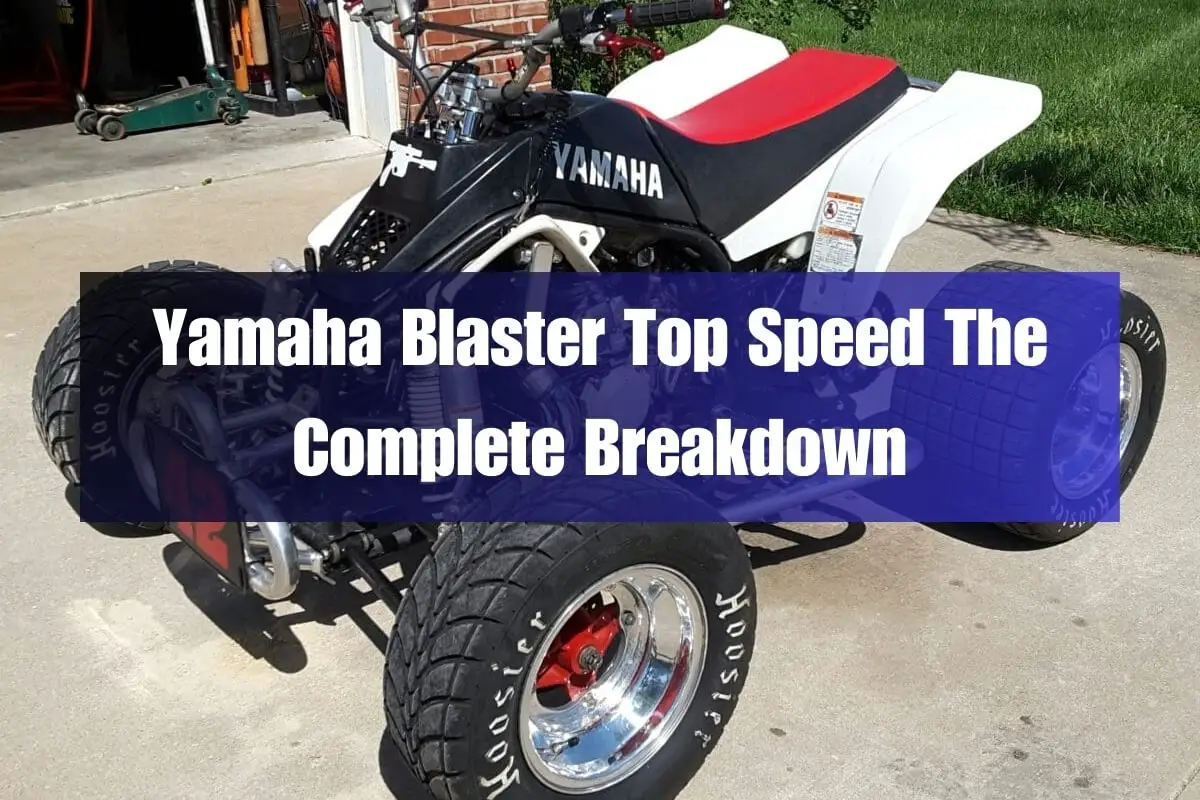
The Yamaha Blaster was an iconic and immensely popular all-terrain vehicle (ATV) that ruled the trails in its heyday. While no longer in production, it still has a cult following among ATV enthusiasts. One aspect that made the Blaster so appealing was its impressive top speed for an entry-level machine. In this article, we’ll dive deep into the Yamaha Blaster’s top speed capabilities, factors affecting performance, how it stacks up against the competition, potential modifications, and more.
Yamaha Blaster Overview
Before we discuss the nitty-gritty of top speed, let’s quickly go over the Blaster’s key specs and features:
| Specification | Value |
|---|---|
| Engine | 195cc air-cooled 2-stroke |
| Horsepower | 17 hp (stock) |
| Length | 67.3 inches |
| Width | 40.6 inches |
| Height | 39.4 inches |
| Weight | 285 lbs |
| Top Speed | 55-60 mph (approx.) |
The Blaster was powered by a 195cc two-stroke engine that produced a capable 17 horsepower. It had a compact and lightweight design, making it easy to maneuver on trails. While not a powerhouse, the Blaster packed a decent punch for an entry-level ATV aimed at newer riders.
How Fast Does the Yamaha Blaster Go?
According to most sources and owner experiences, the Yamaha Blaster had a top speed in the range of 55-60 mph. This top speed was quite impressive for its class and engine size.
The key factors that contributed to the Blaster’s respectable top speed include:
- Lightweight design (285 lbs)
- Compact dimensions for reduced aerodynamic drag
- Powerful 195cc two-stroke engine (for its displacement)
- Gearing optimized for decent top-end performance
While the Blaster could hit 55-60 mph, most owners reported it took some time to build up to those speeds due to its modest power output. The acceleration wasn’t face-melting, but satisfactory for casual trail riding and fun. Overall, the top speed struck a good balance for an entry-level ATV – letting new riders build confidence while having enough pep for experiences riders to enjoy.
Rider Reviews on Blaster Top Speed
To get a better understanding of the Blaster’s real-world top speed performance, let’s look at what some owners had to say:
“For a small engine, the Blaster has a surprisinly good top speed of around 58 mph. It’s not a speed demon, but hauls for its size.” – Reddit user
“Don’t expect crazy acceleration, but the Blaster can cruise at 55-60 mph all day if you want it to. Definitely fast enough for most trails.” – ThumperTalk forum
“The top speed is decent, but I wouldn’t call it fast. It takes some time to build up to 55 mph. Still, it’s adequate for an entry ATV.” – Blaster owner review
On the positive side, most owners seemed impressed with the Blaster’s capability to reach 55-60 mph despite its small engine. The negatives mainly centered around lackluster acceleration, but few complained about the actual top speed itself.
Yamaha Blaster vs Competition – Top Speed Comparisons
To judge if the Yamaha Blaster’s top speed was truly impressive, we need to compare it against other ATVs from the same era:
- Yamaha Banshee 350: 70-75 mph
- Honda TRX300EX: 55-60 mph
- Suzuki LT-Z400: 65-70 mph
The Banshee 350 and LT-Z400 clearly had higher top speed capabilities thanks to their larger displacement engines. However, the Blaster was just as fast, if not slightly faster, than the Honda TRX300EX which had similar power.
So while not the outright speed king, the Blaster more than held its own in its class in terms of outright top speed performance.
Modifications to Increase Yamaha Blaster Top Speed
For those who found the Blaster’s stock top speed underwhelming, there were many popular modifications to extract more performance:
- Exhaust Systems: An aftermarket exhaust system was one of the most common and effective mods. It improved airflow out of the engine for more power.
- Cylinder Porting: Porting and shaping the cylinder for better flow characteristics could produce solid top-end gains.
- High Compression Piston: Such a piston helped squeeze more power out of the engine.
- Carb Rejetting/Adjust Fuel Mixture: Adjusting the air/fuel mixture by rejetting the carb could unlock more top-end power.
- CDI/Ignition Upgrades: Better spark and timing from an upgraded CDI box/ignition increased engine output.
Many owners reported gaining 5-10 mph in top speed with a combination of bolt-on mods like exhaust, porting, ignition upgrades and proper tuning. More extensive engine builds could push top speeds into the 70s for extreme applications.
Where to Buy the Yamaha Blaster (If Still Available)
Unfortunately, Yamaha discontinued the Blaster in 2006 due to its two-stroke engine not meeting emissions regulations. Your only option to buy one now would be the used private party market.
However, Yamaha has since released other capable entry/mid-level sport ATVs like the Raptor 700 and YFZ450R that boast much higher top speeds in the 70-80 mph range if you want a modern high-performance quad.
Who is the Yamaha Blaster Suitable For?
Based on its performance capabilities and owner feedback, the Yamaha Blaster was an ideal fit for:
- Newer riders stepping up from lower cc ATVs
- Teenagers/young adults looking for their first performance quad
- Lighter-weight riders who didn’t need excessive power
- Anyone wanting a fun trail machine with decent but not radical speeds
More experienced or aggressive riders were likely to get bored of the Blaster’s moderate top speed eventually. But it made an excellent stepping stone into the world of sport ATVs.
Yamaha Blaster Common Issues
While a robust and dependable machine overall, the Blaster did suffer from some common issues that could hamper its performance:
- Backfiring/Lean Bog: Often caused by improper jetting or lean fuel mixture bogging down the engine’s top-end.
- Ignition System Failure: The ignition components like stator and CDI could fail, leading to misfiring and poor top-end power.
- Shifting Issues: Problems with the transmission or clutches hurting acceleration and top speed capabilities.
Many of these problems could be mitigated with proper maintenance and tuning of components like the carb, ignition system and transmission. Upgrading to aftermarket ignitions was also a popular solution.
Safety and Reliability Considerations
In terms of overall safety, the Yamaha Blaster had no glaring issues apart from typical ATV risks like rollovers at high speeds. It had a sturdy chassis and decent suspension for its class.
Reliability was generally good as long as owners kept up with maintenance on items like:
- Air filter changes
- Transmission oil changes
- Valve adjustments
- Reed valve inspection
Neglecting maintenance on air-cooled two-strokes like the Blaster’s engine could lead to premature wear and power loss over time.
The Blaster was ultimately discontinued because its two-stroke engine could not meet tightening EPA emissions regulations in the 2000s. This led to its replacement by four-stroke models like the Raptor 250.
Frequently Asked Questions About Yamaha Blaster Top Speed
What is the actual top speed of a Yamaha Blaster?
Most sources and owners report the Yamaha Blaster’s top speed falls in the 55-60 mph range for a stock machine.
Does the Yamaha Blaster have good acceleration?
No, acceleration is one of the weaker aspects of the Blaster due to its modest 195cc engine size. It takes some time to build up to its respectable top speed.
Can I make the Blaster faster with modifications?
Yes, there are many popular modifications like exhaust, porting, ignition upgrades and carb tuning that can increase the Blaster’s top speed potential. Here are some key mods:
Exhaust Systems: An aftermarket exhaust system was one of the most common and effective mods. It improved airflow out of the engine for more power.
Cylinder Porting: Porting and shaping the cylinder for better flow characteristics could produce solid top-end gains.
High Compression Piston: Such a piston helped squeeze more power out of the engine.
Carb Rejetting/Adjust Fuel Mixture: Adjusting the air/fuel mixture by rejetting the carb could unlock more top-end power.
CDI/Ignition Upgrades: Better spark and timing from an upgraded CDI box/ignition increased engine output.
Many owners reported gaining 5-10 mph in top speed with a combination of bolt-on mods like exhaust, porting, ignition upgrades and proper tuning. More extensive engine builds could push top speeds into the 70s for extreme applications.
How do other similar ATVs compare in top speed?
To judge if the Yamaha Blaster’s top speed was truly impressive, we need to compare it against other ATVs from the same era:
- Yamaha Banshee 350: 70-75 mph
- Honda TRX300EX: 55-60 mph
- Suzuki LT-Z400: 65-70 mph
The Banshee 350 and LT-Z400 clearly had higher top speed capabilities thanks to their larger displacement engines. However, the Blaster was just as fast, if not slightly faster, than the Honda TRX300EX which had similar power.
So while not the outright speed king, the Blaster more than held its own in its class in terms of outright top speed performance.
Is the Yamaha Blaster still being manufactured?
Unfortunately, no. Yamaha discontinued the Blaster in 2006 due to its two-stroke engine not meeting emissions regulations at the time. Your only option to buy one now would be the used private party market.
However, Yamaha has since released other capable entry/mid-level sport ATVs like the Raptor 700 and YFZ450R that boast much higher top speeds in the 70-80 mph range if you want a modern high-performance quad.
Conclusion
The Yamaha Blaster may not have been a speed demon, but its top speed of 55-60 mph made it plenty fast for casual trail riding and general fun. Its lightweight and compact design combined with the punchy two-stroke engine allowed it to reach velocities impressive for its class.
While easily outmatched by larger-displacement sport quads, the Blaster had a clear top speed advantage over other similar entry-level 300cc machines. It struck a great balance of performance for less experienced riders.
With a few bolt-on modifications like exhaust, ignition upgrades and tuning, owners could push the Blaster’s top speed even higher into the 60s or low 70s for those seeking more thrills.
So in summary, the Yamaha Blaster’s top speed, while not mind-blowing, gave it just the right amount of pep to solidify its reputation as an exciting, approachable and downright fun ATV to this day. Its speed capabilities made it a great stepping stone into the world of performance quads.
